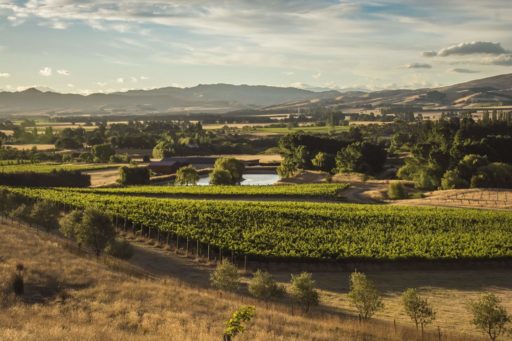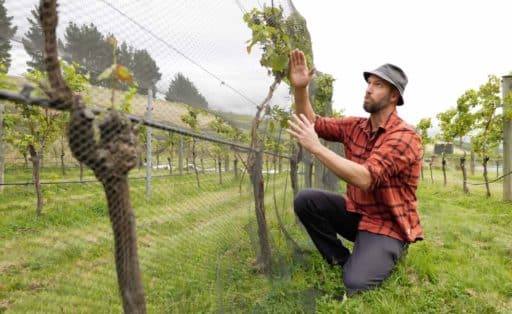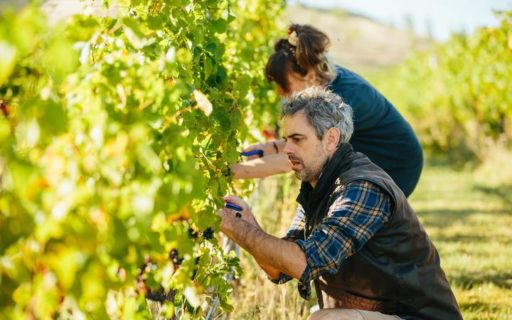
The Greystone commitment to organic and regenerative agriculture
At Greystone, our connection to the land is profound and personal. We cherish the natural beauty of North Canterbury, and our journey in organic and regenerative viticulture is a promise to you, our customers, and to the land we so deeply respect. Every bottle of Greystone wine reflects our vision of a future where winemaking and environmental stewardship exist in harmony.
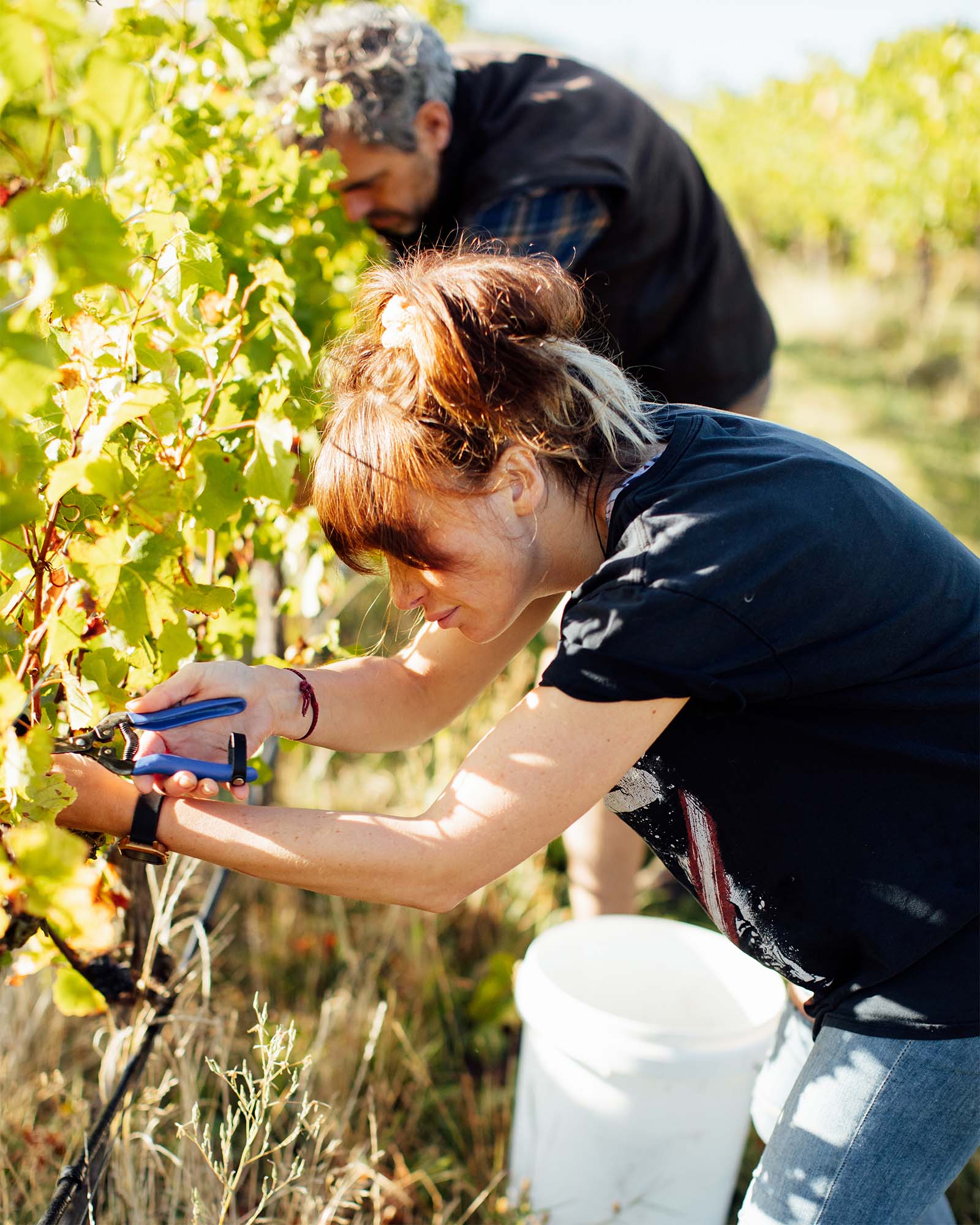
Our pursuit of excellence in winemaking goes hand in hand with our dedication to organic, regenerative agriculture.
This holistic approach extends beyond sustainability—it’s about actively rejuvenating the land. We meticulously manage our crops by hand, avoiding herbicides, insecticides, and systemic fungicides. Such attentiveness allows us to be intimately connected with every row, every vine, responding to the slightest changes with precision and care.
We’ve eliminated the use of synthetic chemicals in our vineyards. Instead, we embrace natural products that nurture the soil and the vines. This approach ensures the health and abundance of the indigenous microbial flora, crucial for our successful wild fermentations.
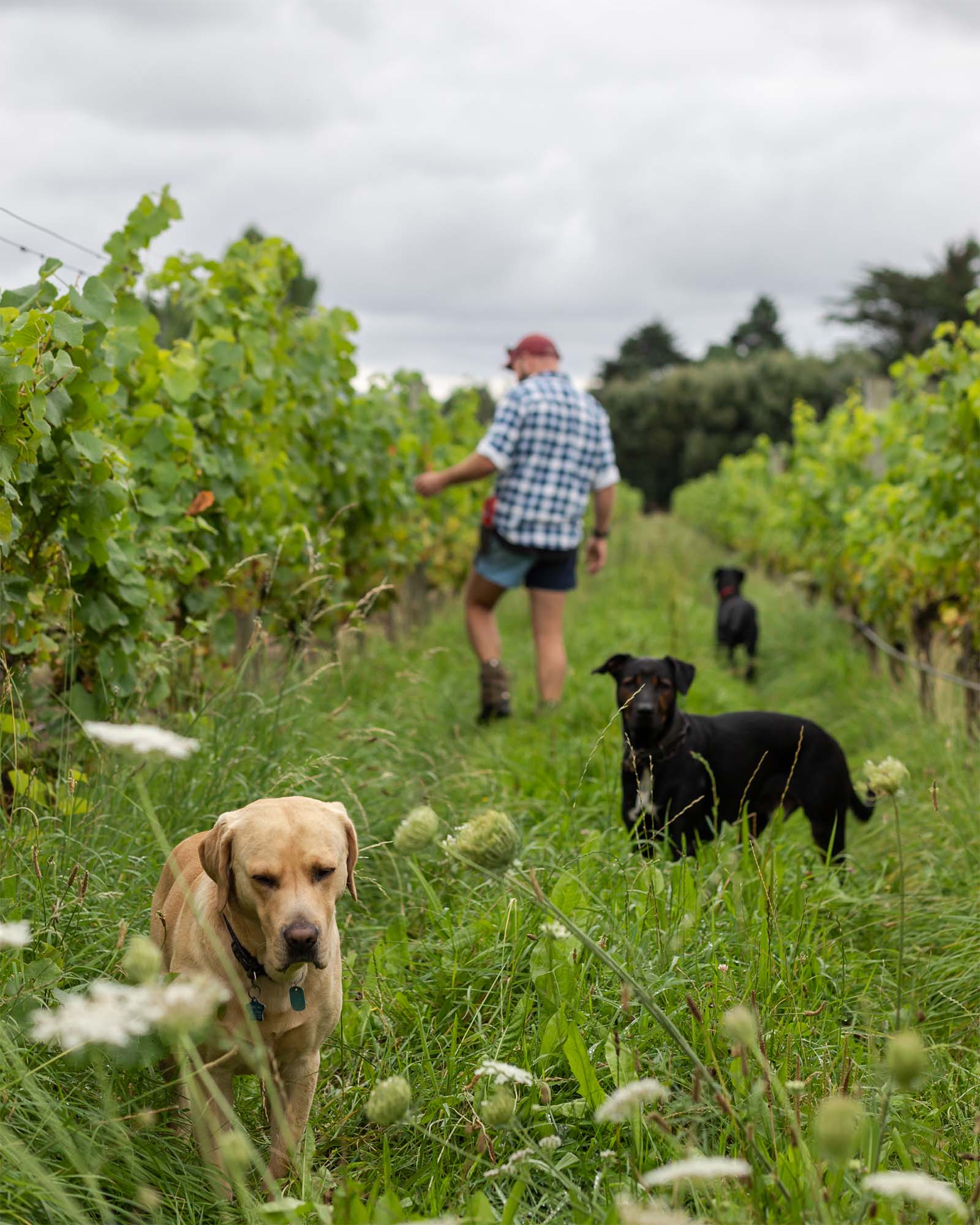
Biodiversity is a core principle in our organic, regenerative practices.
Companion plantings play a pivotal role in our vineyards. Varieties like Phacelia, Buckwheat, and Alyssum are cultivated amidst our vines. These plantings enhance biodiversity, providing habitats and food sources for beneficial insects. These natural allies help control pests and contribute to a balanced ecosystem, integral to the health of our vines and the quality of our grapes.
Greystone is continually planting and nurturing native trees, enriching the land with endemic vegetation. This diverse flora not only disrupts the monoculture of the vineyard but also offers sanctuary to local fauna. Each tree, each plant adds to the tapestry of life that thrives in our vineyards.
In our commitment to nurturing the land, we’ve embraced innovative canopy management techniques. Strategies like shoot thinning, bunch thinning, and careful leaf removal allow us to harness light and air—the most powerful natural tools in our arsenal.
“We really want to be able to show that we can run a production system with similar or only slightly higher costs, but a better outcome for the environment and for the business.”
Mike Saunders, Greystone Wines
